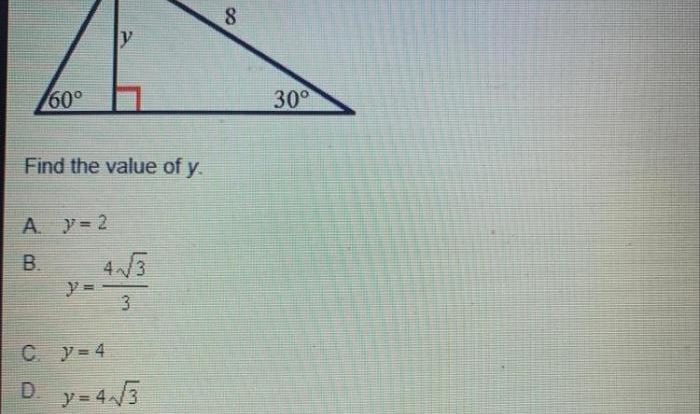Which r value represents the weakest correlation – When it comes to measuring the strength of relationships between variables, the R value plays a crucial role. This article delves into the concept of correlation strength, exploring the range of R values and their corresponding correlation strength. We will specifically focus on identifying the R value that represents the weakest correlation, examining its implications, and discussing scenarios where such a weak correlation may arise.
Understanding the weakest correlation is essential for accurate data interpretation and avoiding misleading conclusions. This article will provide a comprehensive overview of this topic, equipping readers with the knowledge to effectively analyze and interpret correlation results.
1. Correlation Strength
Correlation strength refers to the degree to which two variables are related or associated. It is measured using a correlation coefficient, which ranges from -1 to +1.
Factors Influencing Correlation Strength, Which r value represents the weakest correlation
- Linearity:The strength of correlation is influenced by the linearity of the relationship between the variables. A strong correlation indicates a linear relationship, while a weak correlation suggests a non-linear relationship.
- Outliers:Outliers, or extreme values, can distort the correlation coefficient. Removing outliers can strengthen or weaken the correlation.
- Sample size:The sample size can affect the strength of correlation. Larger sample sizes tend to produce more reliable correlation coefficients.
2. R Value Interpretation

The R value is the most commonly used correlation coefficient. It measures the strength and direction of the linear relationship between two variables.
Range of R Values and Correlation Strength
| R Value | Correlation Strength |
|---|---|
| -1 | Perfect negative correlation |
-0.7 to
|
Strong negative correlation |
-0.3 to
|
Moderate negative correlation |
-0.1 to
|
Weak negative correlation |
| 0 | No correlation |
| 0.1 to 0.3 | Weak positive correlation |
| 0.3 to 0.7 | Moderate positive correlation |
| 0.7 to 1 | Strong positive correlation |
| 1 | Perfect positive correlation |
3. Weakest Correlation

The weakest correlation is represented by an R value close to 0. A weak correlation indicates that there is little or no linear relationship between the two variables.
Implications of a Weak Correlation
- The variables are not strongly related.
- Changes in one variable do not significantly affect the other variable.
- The correlation may not be statistically significant.
Scenarios with Weak Correlation
- Random data with no underlying relationship
- Variables that are indirectly related through a third variable
- Variables that have a non-linear relationship
4. Correlation and Statistical Significance
Statistical significance refers to the probability that the observed correlation is not due to chance. A statistically significant correlation is one that is unlikely to occur randomly.
Importance of Statistical Significance
- Ensures that the correlation is reliable
- Helps determine the validity of the relationship between variables
- Provides a basis for making inferences about the population
Examples
- Statistically significant correlation:R = 0.8, p-value< 0.05
- Non-significant correlation:R = 0.2, p-value > 0.05
5. Correlation and Causality: Which R Value Represents The Weakest Correlation
Correlation does not imply causation. Just because two variables are correlated does not mean that one causes the other.
Dangers of Inferring Causality from Correlation
- Spurious correlations:Two variables may be correlated due to a third, unobserved variable.
- Reverse causation:The dependent variable may actually be causing the independent variable.
- Time lag:The correlation may be due to a time lag between the cause and effect.
Examples of Spurious Correlations
- Ice cream sales and drowning deaths
- Birth rate and stork population
- Pirate activity and global warming
6. Applications of Correlation Analysis
Correlation analysis is a versatile tool used in various fields to identify relationships between variables.
Industries and Fields
- Finance: Identifying relationships between stock prices and economic indicators
- Healthcare: Determining the correlation between lifestyle factors and disease risk
- Marketing: Understanding the relationship between advertising campaigns and sales
Examples
- Identifying the correlation between customer satisfaction and product quality
- Determining the relationship between education level and income
- Analyzing the correlation between air pollution and respiratory problems
Answers to Common Questions
What is the R value?
The R value, also known as the Pearson correlation coefficient, is a statistical measure that quantifies the strength and direction of a linear relationship between two variables.
What is the range of R values?
The R value can range from -1 to +1. A value of -1 indicates a perfect negative correlation, a value of 0 indicates no correlation, and a value of +1 indicates a perfect positive correlation.
Which R value represents the weakest correlation?
An R value close to 0, either positive or negative, represents the weakest correlation. This indicates that there is little to no linear relationship between the two variables.

